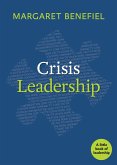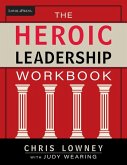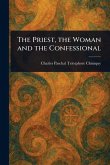This study examines the leadership competencies considered essential for performance as United States Air Force wing chaplains, who serve at the unique intersection of ministry and military leadership. The study is framed as a leadership development issue for wing chaplains and recognizes the lack of a validated competency model as a basis for such development. Producing a validated competency model was the goal of this study. The methodological design is based on Boersma's (1988) research into pastoral management competencies and Huth's (2006) similar study of Air Force healthcare administrators. A preliminary list of ministry and military leadership competencies formed the heart of the initial survey instrument, which was modified by a Delphi panel before being administered to active duty Air Force Chaplain Corps personnel. Exploratory factor analysis of 72 leadership competencies yielded a 15-factor solution. The study rank orders leadership competencies by calculated mean, details factor analysis results, and analyzes competency factors relative to significant demographic data. The relationship between wing chaplain preparation, wing chaplain performance, and personal job satisfaction is also discussed. The research concludes that visionary and team leadership competencies are considered essential for U.S. Air Force wing chaplains, while traditional ministry practices are not as important. When possible, the clear preference is for wing chaplains to focus their efforts on leadership issues while delegating most practical ministry tasks to others. This preference is not always possible, however, especially for most Catholic wing chaplains who also serve as the community's lone Catholic priest. The data clearly indicate that the job satisfaction of Chaplain Corps members is positively correlated with the preparation and performance of wing chaplains. As a result, there was great concern among respondents regarding the need for wing chaplain leadership development This work has been selected by scholars as being culturally important, and is part of the knowledge base of civilization as we know it. This work was reproduced from the original artifact, and remains as true to the original work as possible. Therefore, you will see the original copyright references, library stamps (as most of these works have been housed in our most important libraries around the world), and other notations in the work. This work is in the public domain in the United States of America, and possibly other nations. Within the United States, you may freely copy and distribute this work, as no entity (individual or corporate) has a copyright on the body of the work. As a reproduction of a historical artifact, this work may contain missing or blurred pages, poor pictures, errant marks, etc. Scholars believe, and we concur, that this work is important enough to be preserved, reproduced, and made generally available to the public. We appreciate your support of the preservation process, and thank you for being an important part of keeping this knowledge alive and relevant.
Bitte wählen Sie Ihr Anliegen aus.
Rechnungen
Retourenschein anfordern
Bestellstatus
Storno








